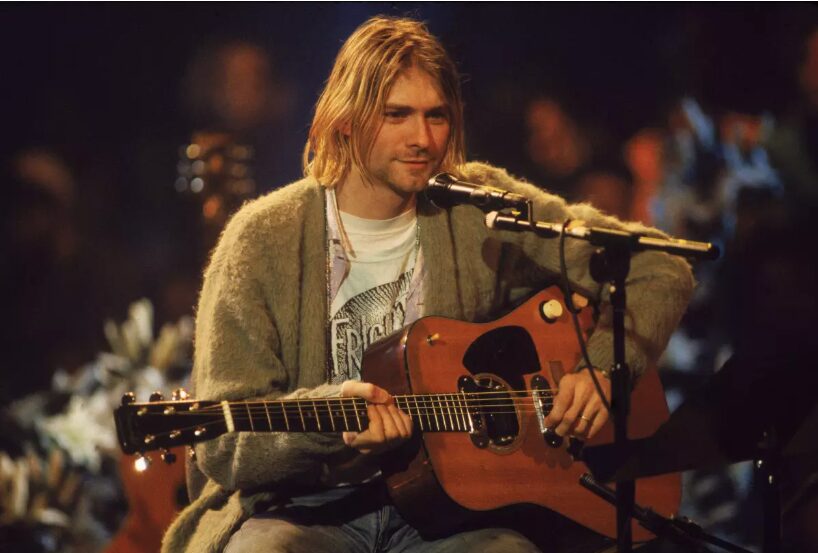In the early 1990s, a seismic shift occurred in the music industry marked by the rise of grunge music and the emergence of Nirvana led by the enigmatic Kurt Cobain. Cobain’s influence extended beyond his musical prowess, shaping not only the sound of a generation, but also redefining the cultural landscape. This article delves into the profound impact of Kurt Cobain on music, songwriting, and his visionary approach to art.
Nirvana’s breakthrough with the album “Nevermind” in 1991 marked the pinnacle of the grunge movement. Cobain’s raw, unpolished sound and the anthemic “Smells Like Teen Spirit” propelled the band to mainstream success, bringing grunge to the forefront of the music scene.
Cobain’s disdain for the mainstream and embrace of alternative and independent music reshaped the industry. Nirvana’s success signaled a shift in musical preferences, encouraging authenticity and artistic expression over commercial appeal.
At the heart of Cobain’s philosophy was a do-it-yourself ethos. He championed the idea that art should be driven by passion and sincerity, influencing a generation of musicians to prioritize creativity over conforming to industry standards. Cobain’s songwriting was characterized by introspection and ambiguity. Tracks like “Lithium,” “All Apologies,” and “Heart-Shaped Box” showcased his ability to convey raw emotion, tackling issues of alienation, addiction, and societal disillusionment. Cobain’s lyrics transcended typical rock themes. He used his platform to address social issues, providing a voice for those grappling with personal struggles. His authenticity resonated with listeners, creating a deep connection between the artist and the audience.
Uncomfortable with the trappings of fame, Cobain resisted traditional notions of celebrity. His struggles with mental health and his public battles with the pressures of fame made him a relatable figure, challenging the expectations placed on musicians in the spotlight.
Cobain’s anti-fashion aesthetic became iconic, influencing not only the grunge scene but also broader fashion trends. His disheveled appearance, characterized by flannel shirts and worn-out jeans, embodied the spirit of the ’90s counterculture. Despite Cobain’s tragic death in 1994, his legacy endures. Nirvana’s music continues to resonate with new generations, and Cobain remains an influential figure for artists across various genres. His impact on the cultural landscape and the trajectory of rock music is indelible.

Kurt Cobain’s influence on music, songwriting, and vision transcended his time, leaving an indelible mark on the world of music and popular culture. As we reflect on the ’90s and the grunge era, Cobain’s legacy serves as a reminder of the power of authenticity, artistic innovation, and the enduring impact of a true musical icon.








